Hi all,
I have some newly milled KD redwood 1 by 10 channel siding that I have primed on all exposed surfaces with Sherwin williams a100 oil based primer.
I am screwing it on with stainless steel screws.
My uncertainty is whether or not I need to leave room for seasonal swelling/expansion as I install it. If so what is the best way to do this? Should I space each piece an 1/8 inch above the previous or just let them sit snug on top of the one below and leave some space on top to allow for expansion/movement?
Or can I just install it snug and not worry about expansion as it is primed on all surfaces and unlikely to absorb any seasonal moisture?
Thanks,
Karl
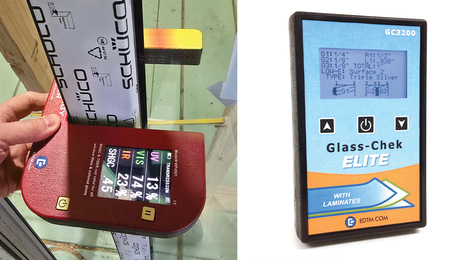

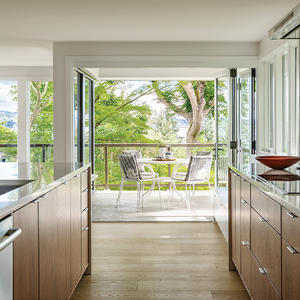
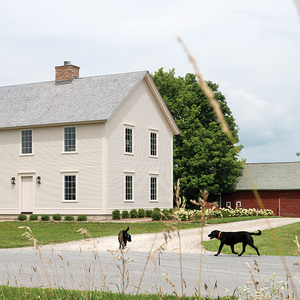
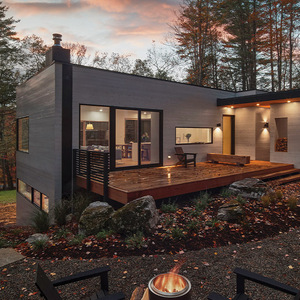
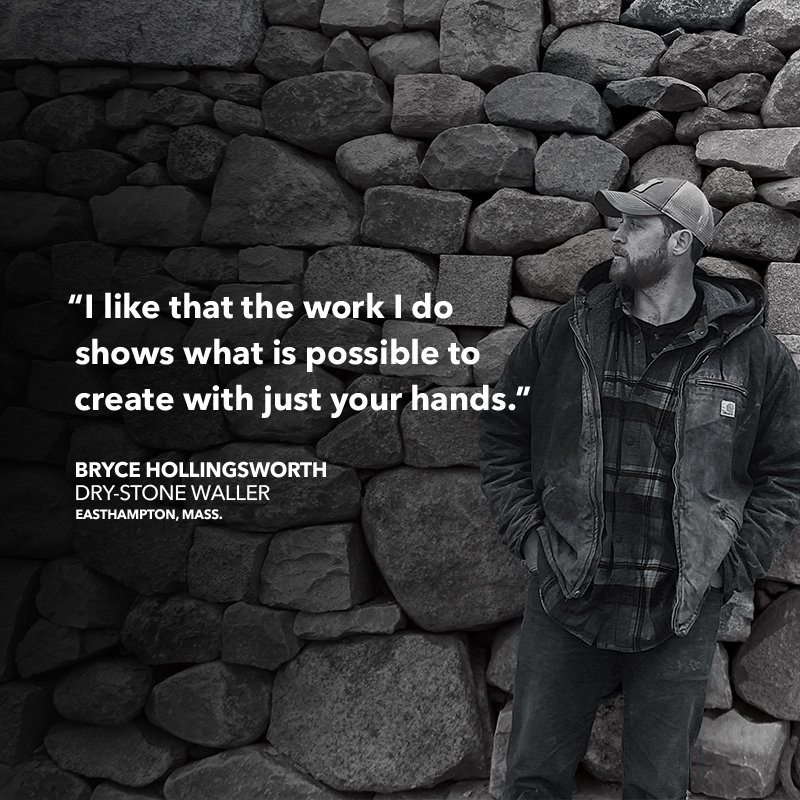













Replies
when you say "primed all exposed surfaces" followed by "as it is primed on all surfaces" i get confused. Is the material back primed?
Toolman, Yes it is backprimed (and then some)
It is primed on the surface, backside, top, bottom and all ends. Any cuts are primed before installing.
I didn't consider hows saying "all exposed surfaces" could be confusing.
Karl
When you say " channel " siding, I'm not sure what you're using. T&G? shiplap? Either way, I can't say I've ever had an issue with siding expanding, esp. t&g, usually the shrinkage is the problem. With the siding, too. :)
Bing
If you take a look at this link, http://www.wrcla.org/cedar_products/cedar_siding/lap/uses.htm there is a profile of my siding titled 101 down at the bottom of the page.Essentially it is a shiplapped 1 by 10.Karl
Edited 5/25/2008 12:34 pm ET by karl
On that same site they call for a 1/8'' gap between siding.
Doodabug, Oops! Classic goof not reading the instructions right in front of my face.Where did you find it on the site? I am curious how one creates an 1/8" gap quickly and easily. Is it safe to assume red cedar and redwood will have the same requirements.Now that I write all this I think I better find a redwood products info page and call the mill on monday morning for further input.Thanks, karl
They show a small booklet on the right. click on it.
I have done the log looking siding. I snapped a line for the top of each row and held it up to that. Make a story pole and mark the lines on whole house before I start.
I don't think the back priming will save you. It will help, but there will still be seasonal expansion/contraction.
I have seen vertical siding buckle once. You will have to use your judgement. If the weather is hot and dry, and your material is bone dry, it might expand enough when it turns damp to give you trouble. I'd gap each piece a bit.
Like Bing says, shrinkage is usually more likely to be a problem.
Marson, I live in a coastal climate of Northern California. The material is kiln dried B grade redwood that was milled about six weeks ago. It has gone through some morning fog, two rainstorms and some very hot days covered in plastic. I installed one wall with an tile patio as the exterior floor so it is only 1/8" above the tile and I left 1/4" gap on the top of the wall as it follows the rake of the roof.This particular wall is north facing and gets no direct sunlight.Another detail that concerns me is the original trim detail on the house involved running the channel siding up to the double hung windows and then trimming the windows with 1 by 6. I trimmed my windows with 2 by 6 and plan on running the siding right up against the trim to avoid having the channels disappear under the window trim, creating an entry point for water, bugs, etc.It seems the original trim detail left a provision for the siding to move behind the trim without jamming up against anything. My trim detail is not so acccomodating to movement.If I am better off gapping the siding is there a technique for doing this? All I can figure is to rip some softwood 1/8" by 1/4" strips and use a few 1" lengths of it as a spacer between courses (which could compress if the siding did swell).This seems ridiculously tedious so I am assuming there must be a better way.Anyone with experience please advise.Thanks KarlFWIW this is my personal residence. I am a granite fabricator by trade and have done enough carpentry to encourage me to get into projects that could easily be over my head.
Well, Karl, in spite of my warning that expansion is a possibility, you will probably be fine--no need to overthink it. The 1/8 gap thing is partly a CYA statement from the manufacturers. Just dont' get crazy and start wedging the pieces together with bar clamps or something. Redwood is known for it's stability, no?The place I saw siding buckle was in the north Cascades. It was doug fir put on in their hot, dry summers--about 50 feet of it slammed tight.